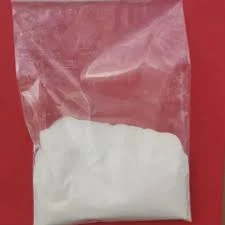

Additionally, polyacrylamide is employed in the paper manufacturing industry. It improves sheet formation and drainage during production, leading to enhanced paper quality. By optimizing the pulp and paper process, PAM contributes to significant cost savings and resource efficiency, aligning with the global shift towards sustainable industrial practices. Despite its widespread use, the handling of polyacrylamide requires careful consideration of safety and environmental factors. While PAM itself is non-toxic, its monomers, such as acrylamide, can pose health risks if improperly managed. Therefore, professionals advocate for stringent regulatory compliance and comprehensive training for employees handling this chemical. Recent advancements in the field have focused on developing bio-based polyacrylamides, aiming to minimize the environmental footprint further. These innovations promise to maintain the performance benefits of traditional PAM while enhancing biodegradability, potentially opening new markets and applications. Polyacrylamide's versatility and efficacy across diverse industries highlight its standing as an invaluable multi-industry solution. Its role in promoting water conservation, enhancing resource extraction, supporting agricultural productivity, and improving product formulations marks it as a cornerstone of modern industrial processes. As industries continue to pursue sustainable and efficient practices, polyacrylamide's contributions will undoubtedly expand, reinforcing its status as a trusted and essential component in the global market. With ongoing research and development, the future of polyacrylamide applications holds promising possibilities for innovation and enhanced sustainability.
Next:

